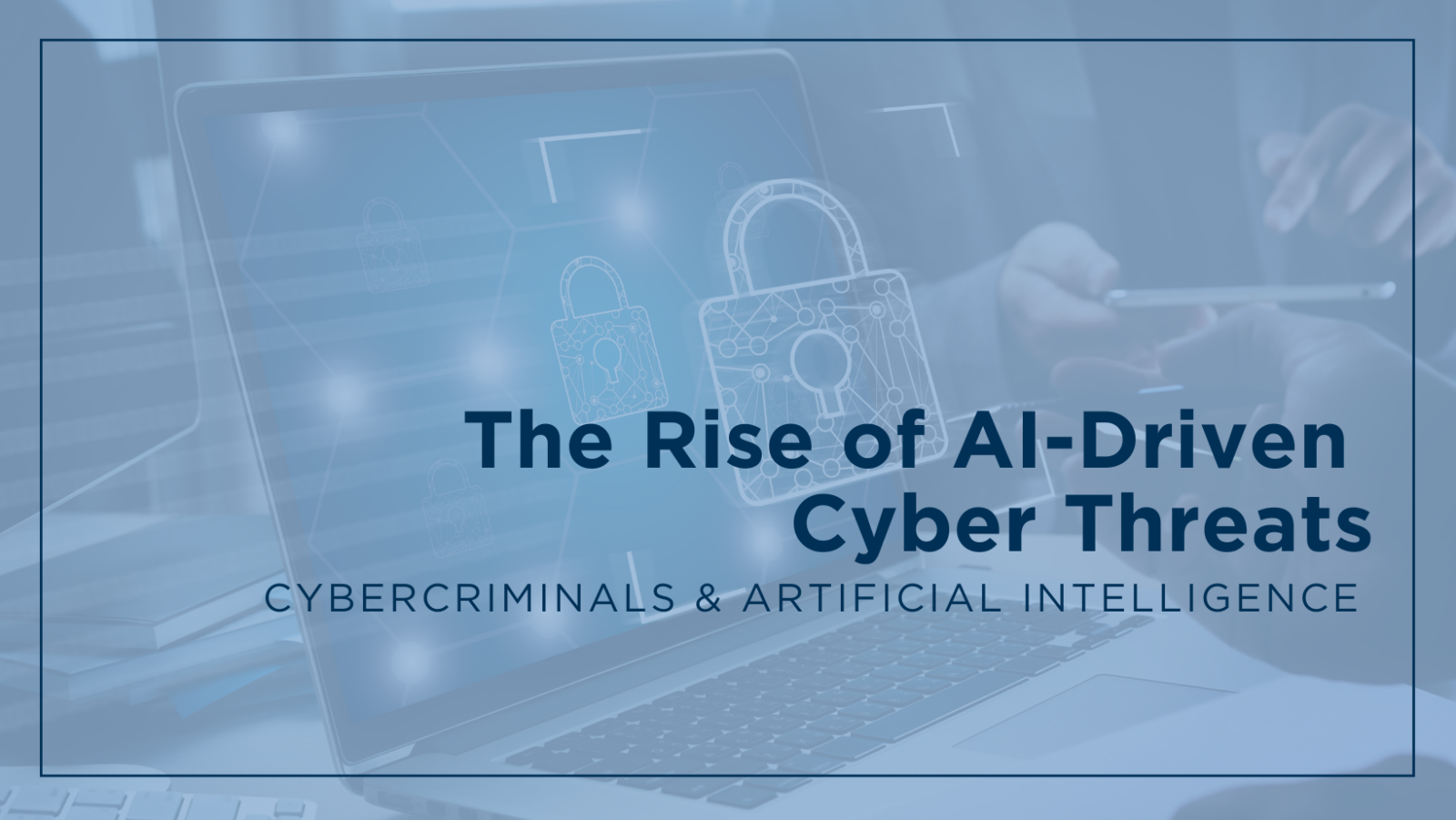
October 22, 2025
AI-Driven Cyber Attacks: Emerging Threats and Countermeasures in Modern Security Infrastructure
AI-Driven Cyber Attacks: Emerging Threats and Countermeasures in Modern Security Infrastructure
Have you wondered how cybercriminals use AI, which powers smartphones and virtual assistants? Think about an attacker who can think faster, change their strategies to counter your defences, and learn from each one. Scary, yes? Cyberattacks that are controlled by AI are real. Threats change quickly, so our defences need to change too. This blog will talk about how AI-powered attacks are transforming cybersecurity, what enterprises need to know about the risks, and how AI may be used to protect against them. Are you ready to learn how AI can be used as a defence tool in today's world?
What are AI-Driven Cyber Attacks?
AI-driven cyberattacks, what are they? AI allows machines to learn and adapt like the human brain. This power can be misused to automate and improve cyberattacks, making them faster, smarter, and harder to detect.
Imagine AI sending perfectly customised phishing emails, imitating your CEO's voice, or analysing employee behaviour to create deepfake content. AI can also create evolving botnets that bypass your defences. These attacks are more complex than traditional ones because AI learns from them. Imagine a hacker who improves with each attempt. Pretty crazy, huh? As well as attacking, AI can be our best defence.
Emerging AI-Driven Cyber Threats
What AI-driven threats should you worry about? Several are emerging:
- AI-Powered Phishing: Imagine receiving an email from your CEO that looks and sounds like their typical communication style. AI can look at people's social media profiles and email conversations to make cyber attacks more personal, which makes them harder to spot.
- Deepfake Technology: AI impersonates trusted people, such as CEOs, to conduct fraudulent financial activities. Deepfakes are frequently employed in fraud.
- Autonomous Malware: This malware is an active type. It learns and adapts to escape detection, spreading quicker and causing more damage.
- Automated Vulnerability Scanning: Cybercriminals find flaws in systems faster than real hackers.
These are some examples. The conclusion? With AI, cyberattacks are stronger, last longer, and are harder to stop. So, how then do we protect ourselves?
Countermeasures for AI-Driven Cyber Attacks
Our defences must change with AI. Luckily, AI can help us. Consider these AI-powered countermeasures:
- AI for Anomaly Detection: Machine learning models can find threats before they get worse by looking for strange trends in network traffic or user behaviour. Humans may miss little anomalies but AI cannot.
- AI-Powered Phishing Detection: AI blocks phishing emails by detecting suspicious patterns and hazardous links.
- Predictive Threat Intelligence: AI looks for vulnerabilities and trends in massive data sets that could be used to attack.
- Automated Incident Response: AI technologies can help speed up the response to a breach by finding vulnerable and taking steps to protect them before people become involved.
Simple Python model example of utilising AI (machine learning) to detect phishing emails:
from sklearn.feature_extraction.text import CountVectorizer
from sklearn.naive_bayes import MultinomialNB
from sklearn.model_selection import train_test_split
# Sample email texts (labeled as 'spam' or 'ham')
emails = ['Free money now!', 'Your invoice is attached', 'Call us for help']
labels = ['spam', 'ham', 'ham']
# Convert text data to feature vectors
vectorizer = CountVectorizer()
X = vectorizer.fit_transform(emails)
y = labels
# Train a Naive Bayes model to detect phishing
X_train, X_test, y_train, y_test = train_test_split(X, y, test_size=0.3)
model = MultinomialNB()
model.fit(X_train, y_train)
# Test the model
prediction = model.predict(X_test)
print(f"Predicted labels: {prediction}")
AI in Predicting and Preventing Future Cyber Attacks
AI can predict and respond to attacks. AI can forecast vulnerabilities from attack data, system logs, and threat information with predictive analytics. This is like a network security crystal ball.
AI models monitor systems for anomalous behaviour, unlawful access, and infiltration trends to detect cyberattacks. This helps businesses plan for and deal with risks.
Best Practices for Defending Against AI-Driven Cyber Attacks
AI is a great defence tool, however best practices are needed to remain ahead of attackers:
- Layered Security: Add firewalls to systems that use AI to find risks and stop them.
- Regular updates: Update defence tools with time that use AI up to date so they can respond to new attack methods.
- Staff Training: Train personnel to identify AI-powered phishing attacks and other AI-driven dangers.
- Ethical AI: Well-tested, bias-free AI models can distinguish serious threats from false positives.
Conclusion
AI-driven cuberattacks are a major danger to modern organisations. But the good news? AI can also defend. With AI-powered protection, businesses can guess what risks might happen. AI shouldn't be used as a tool, but as a shield.
130 views
